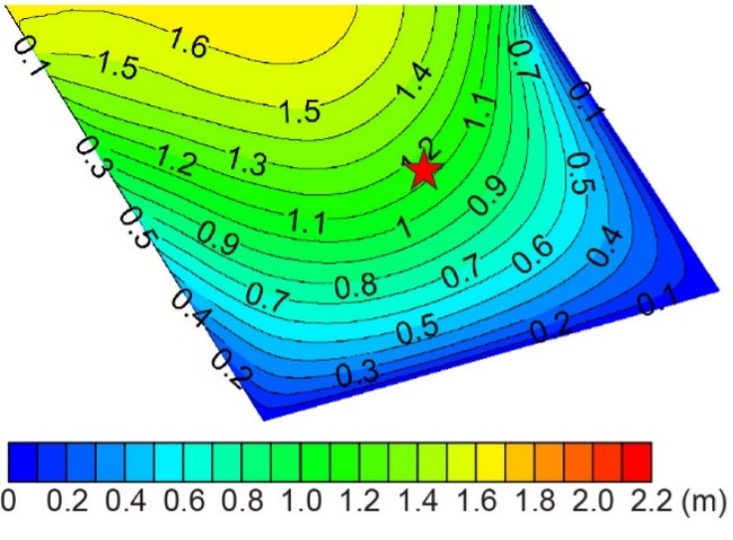Rock mechanics modelling at Clay Technology
For more than 20 years, we have been carrying out numerical simulations contributing to the assessment of the thermal, mechanical, thermo-mechanical and hydro-mechanical behaviour of the rock mass within and around nuclear waste repositories in connection with layout decisions and risk analyses. These contributions consider all phases of the repository evolution: construction/operation, the heated period after completed deposition and closure, and all phases of future glacial cycles. As main tools, we use analytical solutions, the distinct element code 3DEC and the finite element program Code_Bright.
Some examples of our work (with report numbers in parentheses):
- Conceptual descriptions of mechanical geosphere processes of potential importance to the long-term performance of the nuclear waste repository and protocols for handling of these processes in the safety assessments (SKB TR-99-07, SKB TR-06-19, SKB TR-10-48).
- Methods and protocols for thermal dimensioning of the nuclear waste repository (SKB TR-03-09, SKB R-09-04).
- Thermo-mechanical analyses on different scales for different assumption regarding the repository site (SKB R-06-88, SKB R-06-89, SKB TR-10-23, Posiva WR 2007-66, Posiva Report 2016-15).
- Hydro-mechanical analyses of the pore pressure evolution at different depths below future ice covers and assessment of the associated risks of hydraulic jacking (SKB R-09-35).
- Assessment, based on earthquake rupture simulations, of the potential for reactivation of host rock fractures in response to earthquakes occurring in the vicinity of the repository (SKB R-04-17, SKB R-06-48, SKB TR-08-11, Posiva WR 2013-37, Posiva WR 2019-10, SKB TR-19-19).
- We have also been involved in the rock mechanics aspects in several of the large-scale field experiments conducted at SKB’s underground research facility at Äspö, e.g., the APSE and CAPS experiments (SKB IPR-05-19, SKB IPR-08-08, SKB TR-10-37). These tests are both aimed at improving the understanding of the conditions controlling the process of stress-induced brittle failure, spalling, in the walls of repository openings. Recently, Clay Technology has been responsible for the numerical evaluation of the behaviour of the Prototype Repository rock mass conducted in connection with the dismantling of the densely instrumented outer section of this experiment (SKB R-13-10).
More reports can be downloaded from SKB’s (www.skb.se) and Posivas’ (www.posiva.fi) webpages.

Co-seismic fault shear displacements simulated using 3DEC (Fälth 2018; Fälth et al. 2016).

